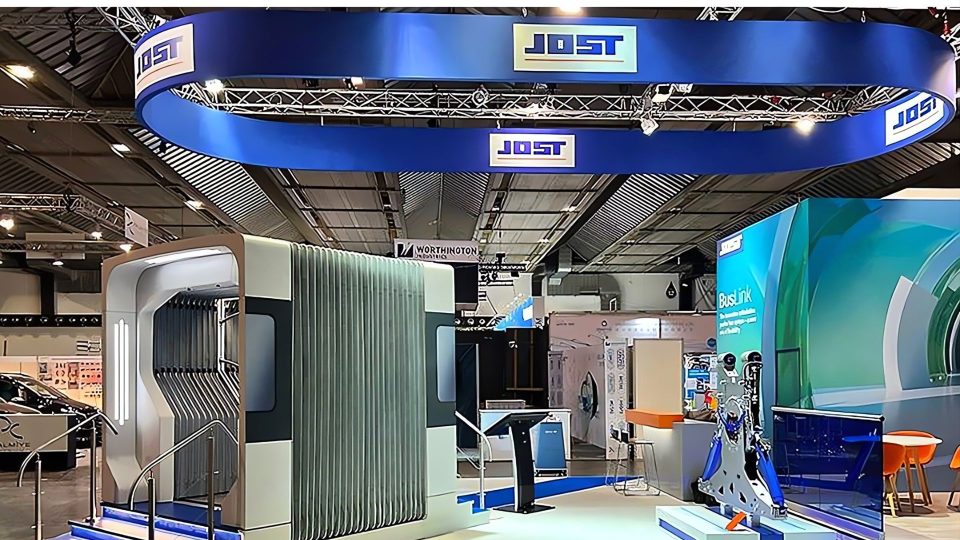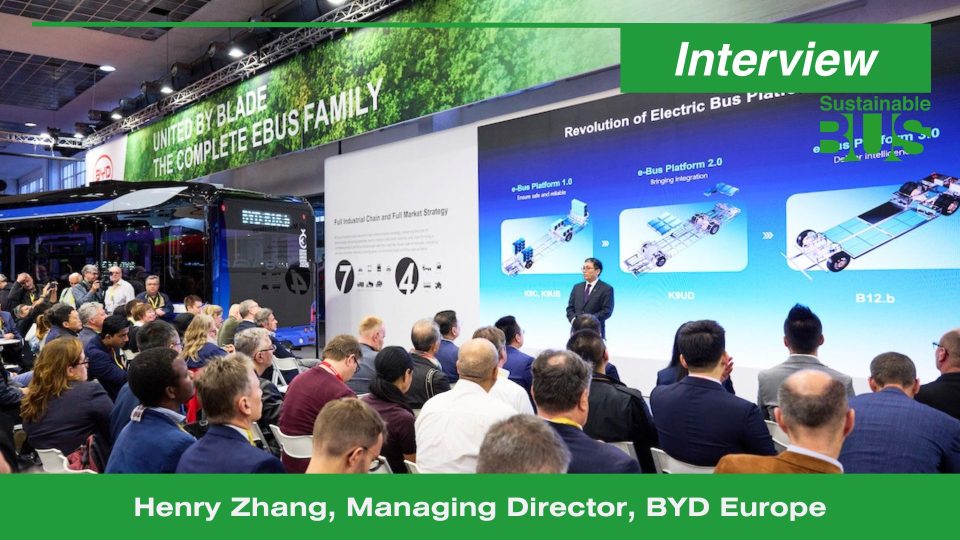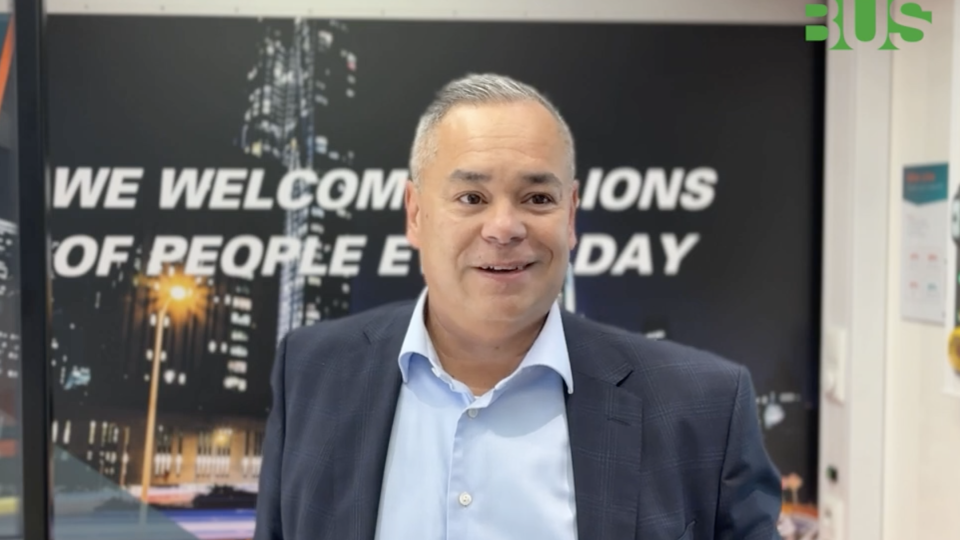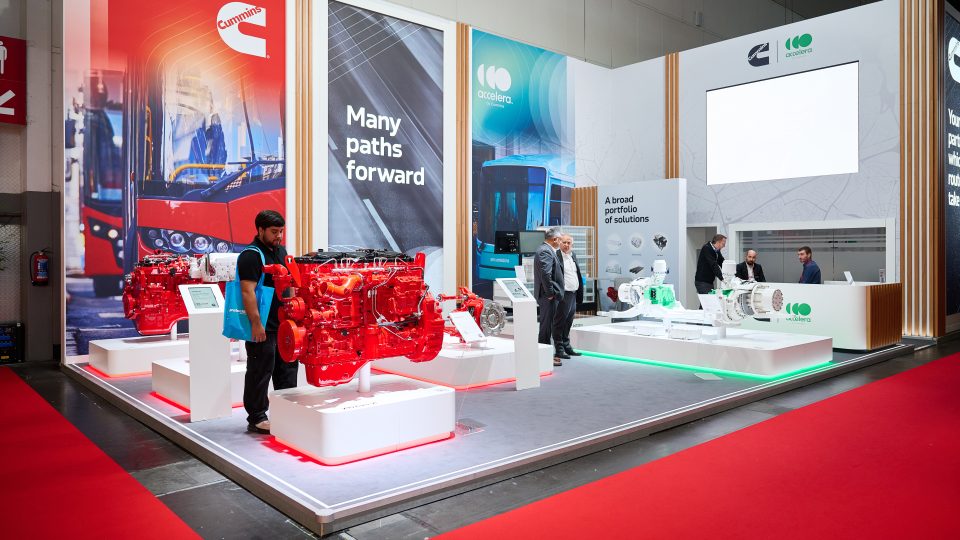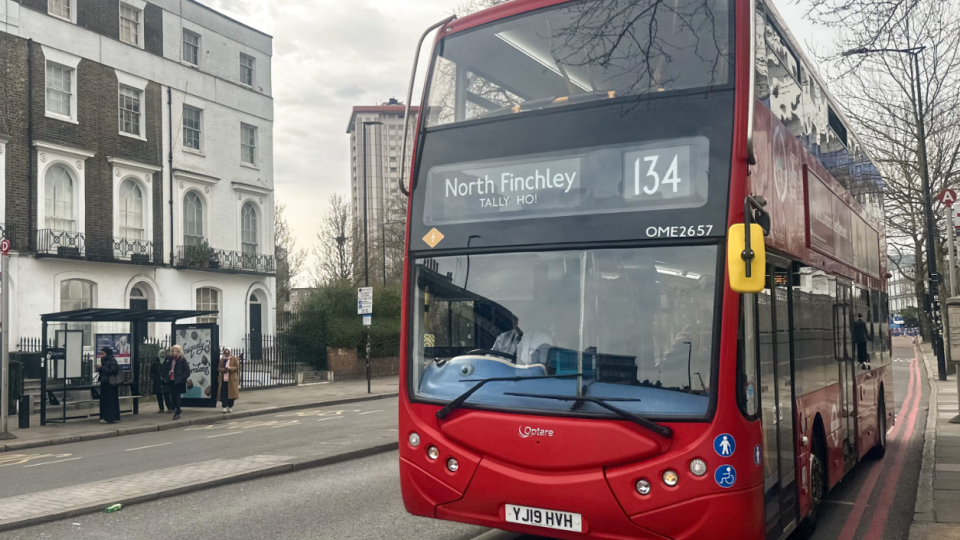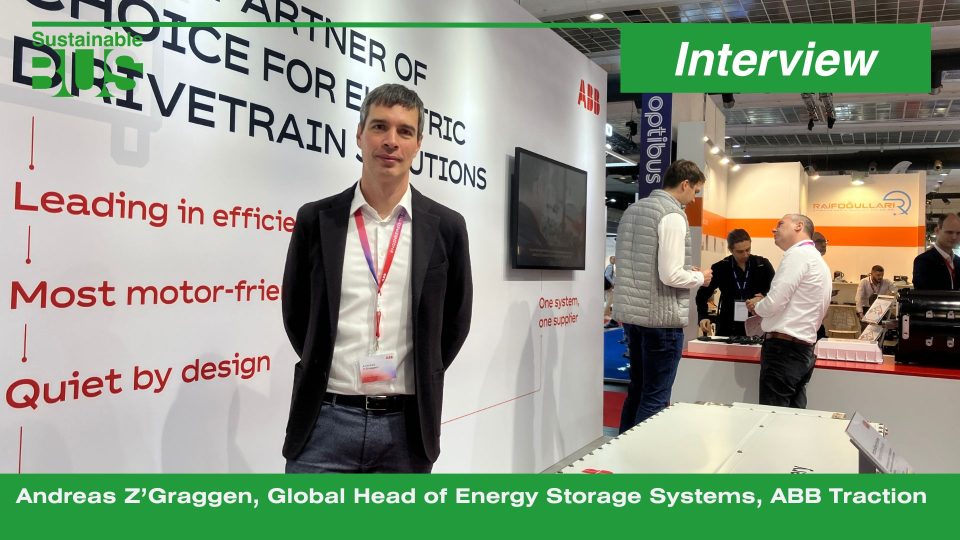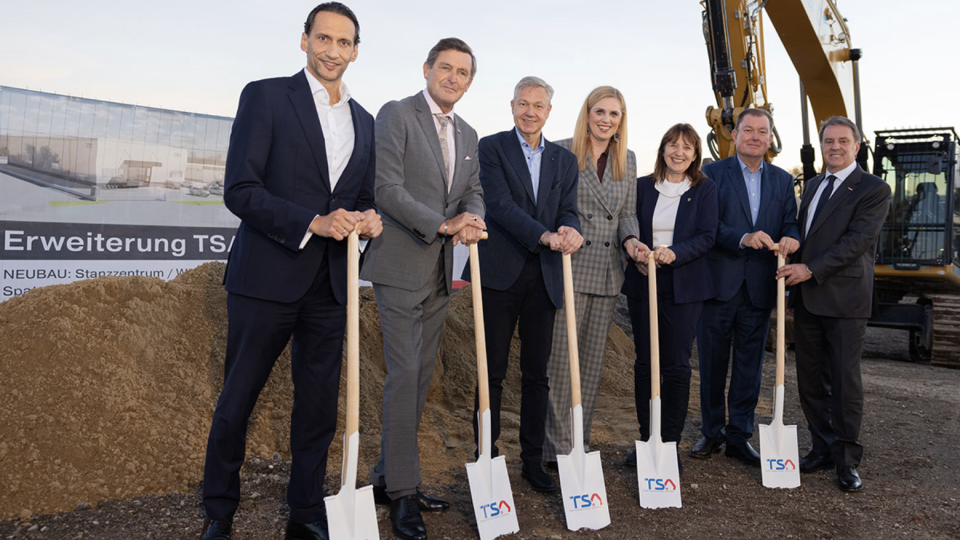Megawatt charging, seen from the perspective of battery health
A condensed version of this article, authored by JIVE project partners, was published on Sustainable Bus Magazine September 2024. As the adoption of electric vehicles continues to rise, particularly in heavy-duty and public transportation sectors, the need for efficient charging methods becomes more pressing. Electric trucks and buses cover long distances and adhere to tight […]
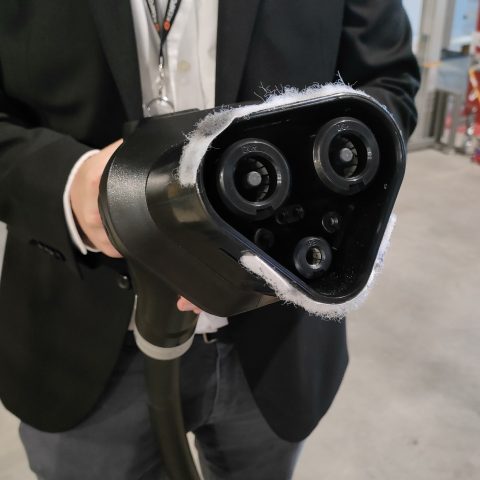
A condensed version of this article, authored by JIVE project partners, was published on Sustainable Bus Magazine September 2024.
As the adoption of electric vehicles continues to rise, particularly in heavy-duty and public transportation sectors, the need for efficient charging methods becomes more pressing. Electric trucks and buses cover long distances and adhere to tight schedules, necessitating rapid charging during brief pauses. Megawatt charging offers a solution by enabling battery charging in minutes rather than hours, significantly enhancing vehicle efficiency and availability.
Yet: many fear that MW charging might shorten battery life in an unsustainable way. But are these concerns really justified? This article aims to clarify myths around how MW charging works and how it affects battery stress and thus value retention and lifetime.
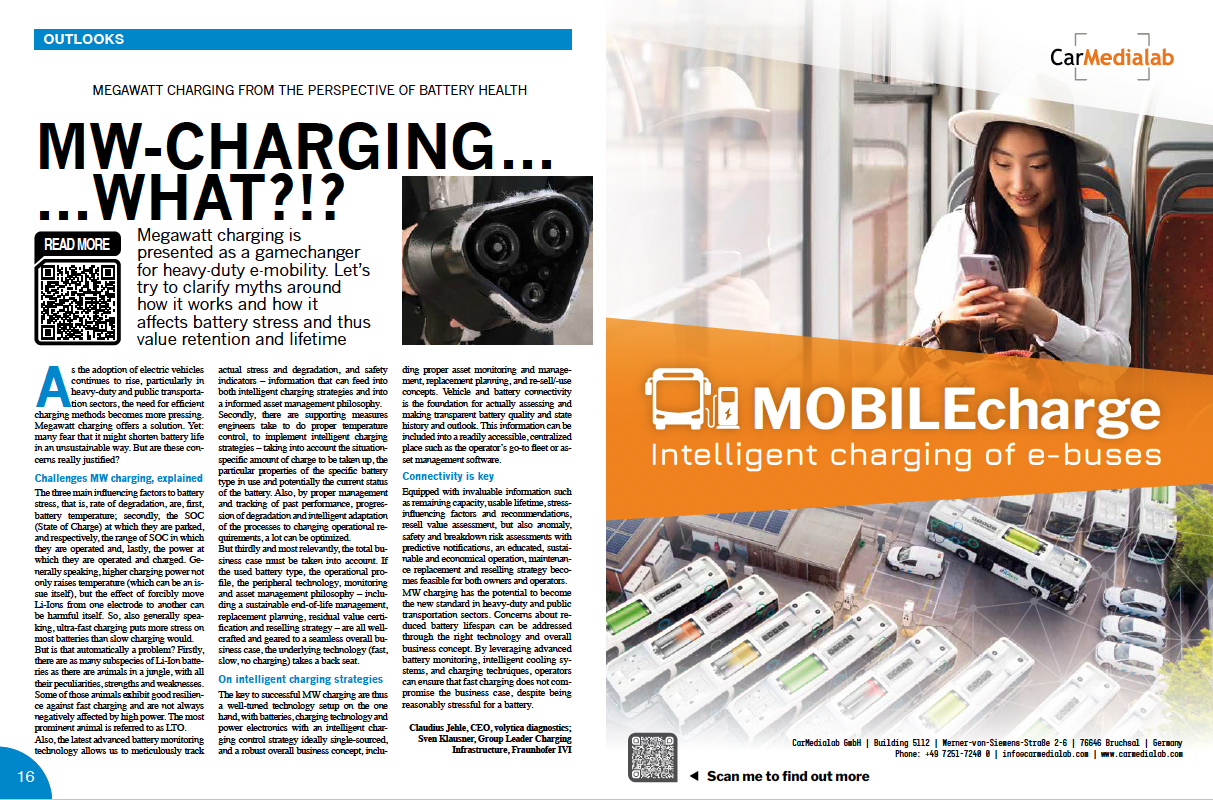
Challenges MW charging, explained
The three main influencing factors to battery stress, that is, rate of degradation, are, first, battery temperature; secondly, the SOC (State of Charge) at which they are parked, and respectively, the range of SOC in which they are operated and, lastly, the power at which they are operated and charged. Generally speaking, higher charging power not only raises temperature (which can be an issue itself), but the effect of forcibly move Li-Ions from one electrode to another can be harmful itself. So, also generally speaking, ultra-fast charging puts more stress on most batteries than slow charging would.
But is that automatically a problem? Firstly, there are as many subspecies of Li-Ion batteries as there are animals in a jungle, with all their peculiarities, strengths and weaknesses. Some of those animals exhibit good resilience against fast charging and are not always negatively affected by high power. The most prominent animal is referred to as LTO, short for Lithium Titanate (i.e. Titanium oxide), a material present in one of their two electrodes. It is often used in trolley buses (a case quite similar to MW charging) and other applications with high power and lifetime (but mediocre range) requirements. Also, the latest advanced battery monitoring technology allows us to meticulously track actual stress and degradation, and safety indicators – information that can feed into both intelligent charging strategies and into a informed asset management philosophy.
Secondly, there are supporting measures engineers take to do proper temperature control, to implement intelligent charging strategies – taking into account the situation-specific amount of charge to be taken up, the particular properties of the specific battery type in use and potentially the current status of the battery. Also, by proper management and tracking of past performance, progression of degradation and intelligent adaptation of the processes to changing operational requirements, a lot can be optimized.
But thirdly and most relevantly, the total business case must be taken into account. If the used battery type, the operational profile, the peripheral technology, monitoring and asset management philosophy – including a sustainable end-of-life management, replacement planning, residual value certification and reselling strategy – are all well-crafted and geared to a seamless overall business case, the underlying technology (fast, slow, no charging) takes a back seat.
On intelligent charging strategies
The key to successful MW charging are thus a well-tuned technology setup on the one hand, with batteries, charging technology and power electronics with an intelligent charging control strategy ideally single-sourced, and a robust overall business concept, including proper asset monitoring and management, replacement planning, and re-sell/-use concepts.
Vehicle and battery connectivity has become standard by now. It only enables said intelligent and predictive charging strategies by facilitating a situation-dependent, stress-reducing charging, taking optimal advantage of both situational demand, current environmental factors and, most importantly, the current battery quality and state.
It also is the foundation for actually assessing and making transparent battery quality and state history and outlook. This information can be included into a readily accessible, centralized place such as the operator’s go-to fleet or asset management software. Equipped with invaluable information such as remaining capacity, usable lifetime, stress-influencing factors and recommendations, resell value assessment, but also anomaly, safety and breakdown risk assessments with predictive notifications, an educated, sustainable and economical operation, maintenance replacement and reselling strategy becomes feasible for both owners and operators.
MW charging has the potential to become the new standard for fast and efficient operation of electric vehicles in heavy-duty and public transportation sectors. Concerns about reduced battery lifespan can be addressed through the right technology and overall business concept. By fully leveraging advanced battery monitoring, intelligent cooling systems, and charging techniques, operators can ensure that fast charging does not compromise the business case, despite being reasonably stressful for a battery.
by Claudius Jehle, CEO & Founder, volytica diagnostics GmbH; and Sven Klausner; Gruppenleiter Ladeinfrastruktur, Fraunhofer-Institut für Verkehrs-und Infrastruktursysteme IVI

